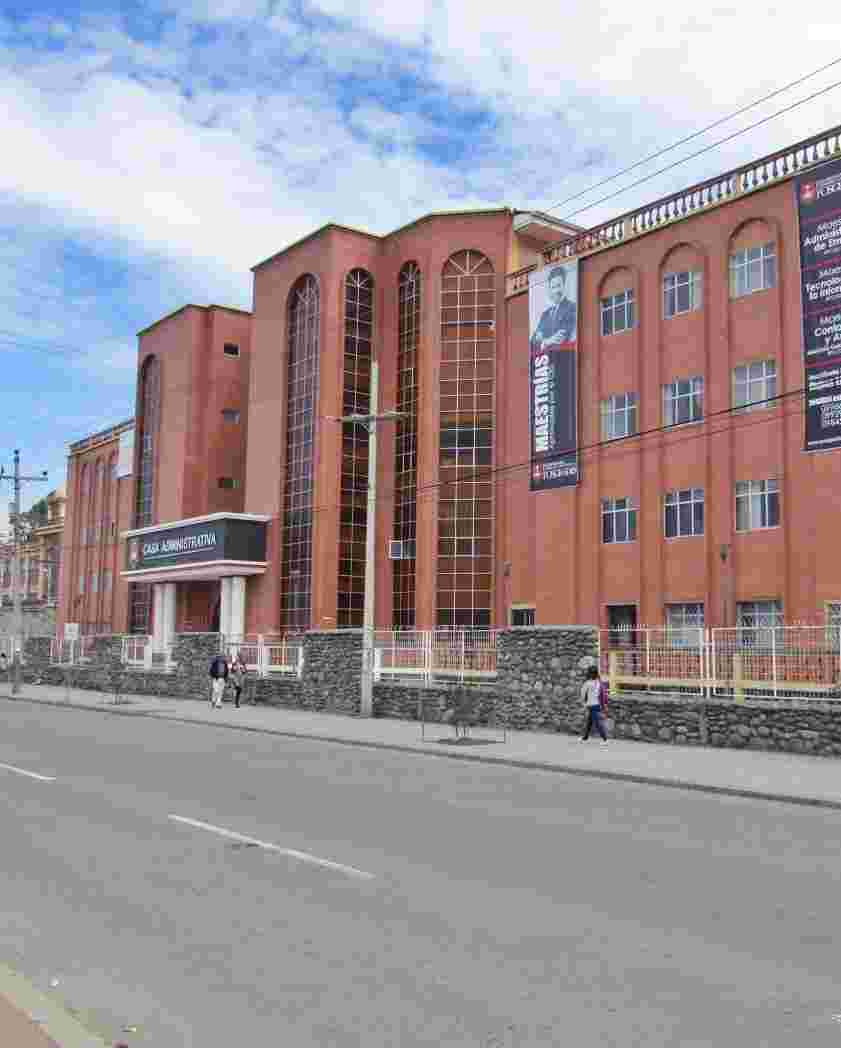Determinación del módulo de elasticidad del hormigón en base a su resistencia a la compresión
| dc.contributor.advisor | Crespo Crespo, Jorge Efraín | |
| dc.contributor.author | Lema García, José Manuel | |
| dc.contributor.cedula | 0302711015 | es_ES |
| dc.contributor.other | ., . | |
| dc.coverage | Azogues - Ecuador | es_ES |
| dc.date.accessioned | 2022-07-27T23:20:27Z | |
| dc.date.available | 2022-07-27T23:20:27Z | |
| dc.date.issued | 2021 | |
| dc.description | El hormigón es uno de los materiales de construcción de mayor versatilidad y facilidad de fabricación que existe en la actualidad, razón por la cual se ha constituido en el de mayor uso en el mundo. Sus componentes principales varían en cada lugar debido a características propias, que a su vez provocan también variabilidad en las propiedades mecánicas. Conocer estas propiedades es de suma importancia para brindar a los ingenieros la información necesaria para el dimensionamiento de elementos estructurales. El módulo de elasticidad es uno de los parámetros más importantes en el diseño de estructuras de hormigón y su valor varía según sus componentes. Conocer su valor característico es una tarea indispensable para garantizar la validez de los cálculos y el diseño estructural. La presente investigación pretende determinar el módulo de elasticidad del hormigón elaborado con áridos y cementos de mayor expendio en la ciudad de Azogues y sus alrededores. El proyecto consiste en realizar pruebas en probetas cilíndricas de hormigón endurecido para determinar simultáneamente las resistencias compresivas y los módulos estáticos de elasticidad de cada muestra. Los ensayos se realizarán de acuerdo con lo estipulado por la organización American Society of Testing Materials a través de las normas ASTM C 39 y ASTM C 496. Los resultados de los ensayos permitirán establecer una correlación entre estos dos parámetros y desarrollar una ecuación similar a las de Norma Ecuatoriana de la Construcción (NEC 2015) y el American Concrete Institute (ACI 318). Palabras claves: | es_ES |
| dc.description.abstract | Concrete is one of the most flexible and easy-to-make building materials in the world nowadays, which is why it has become the most commonly used material in the world. Its main components differ in each place due to its specific characteristics, which are also responsible for the mechanical property changes. Understanding these properties is extremely important in order to provide engineers with the necessary information for dimensioning structural elements. Elasticity is one of the most important parameters in the design of concrete structures and its value depends on its components. Identifying its specific value is an essential step in guaranteeing the accuracy of the calculations and the structural design. This research aims to define the elasticity of concrete manufactured with aggregates and most widely used cements in the city of Azogues and its surroundings. The project involves carrying out tests on cylindrical hardened concrete samples to determine simultaneously the compressive strengths and the static elasticity of each sample. The tests will be performed according to the American Society of Testing Materials through the ASTM C 39 and ASTM C 496 standards. The results of the tests will allow to establish a correlation between these two parameters and to develop a similar equation to those of the Ecuadorian Construction Standard (NEC 2015) and the American Concrete Institute (ACI 318). | es_ES |
| dc.description.peer-review | . | es_ES |
| dc.description.sponsorship | . | es_ES |
| dc.description.uri | Trabajo de investigación | es_ES |
| dc.format | application/pdf | es_ES |
| dc.format.extent | x, 65 páginas | es_ES |
| dc.identifier.citation | Lema García, J.M. (2020) Determinación del módulo de elasticidad del hormigón en base a su resistencia a la compresión. Universidad Católica de Cuenca. | es_ES |
| dc.identifier.doi | . | es_ES |
| dc.identifier.journal | . | es_ES |
| dc.identifier.other | 10BT2020-TCiv-2 | |
| dc.identifier.uri | https://dspace.ucacue.edu.ec/handle/ucacue/11898 | |
| dc.language.iso | spa | es_ES |
| dc.publisher | Universidad Católica de Cuenca. | es_ES |
| dc.relation | . | es_ES |
| dc.relation.ispartofseries | .;. | |
| dc.relation.uri | http://creativecommons.org/licenses/by/4.0/deed.es | es_ES |
| dc.rights | info:eu-repo/semantics/openAccess | es_ES |
| dc.rights.uri | http://creativecommons.org/licenses/by/4.0/deed.es | es_ES |
| dc.source | Universidad Católica de Cuenca | es_ES |
| dc.source | Repositorio Institucional - UCACUE | es_ES |
| dc.subject | ÁRIDO | es_ES |
| dc.subject | CEMENTO | es_ES |
| dc.subject | HORMIGÓN | es_ES |
| dc.subject | COMPRESIÓN | es_ES |
| dc.subject | RESISTENCIA | es_ES |
| dc.subject | ELASTICIDAD | es_ES |
| dc.subject | COMPRESÓMETRO | es_ES |
| dc.subject.ocde | ARID | es_ES |
| dc.subject.ocde | CEMENT | es_ES |
| dc.subject.ocde | CONCRETE | es_ES |
| dc.subject.ocde | COMPRESSION | es_ES |
| dc.subject.ocde | RESISTANCE | es_ES |
| dc.subject.ocde | ELASTICITY | es_ES |
| dc.subject.ocde | COMPRESSOMETER | es_ES |
| dc.title | Determinación del módulo de elasticidad del hormigón en base a su resistencia a la compresión | es_ES |
| dc.title.alternative | . | es_ES |
| dc.type | info:eu-repo/semantics/bachelorThesis | es_ES |
| thesis.degree.discipline | Ingeniería, Industria y Construcción | es_ES |
| thesis.degree.grantor | Ucacue-Campus Universitario Azogues. Ingeniería Civil | es_ES |
| thesis.degree.level | Título Profesional | es_ES |
| thesis.degree.name | Pregrado | es_ES |
| thesis.degree.program | Presencial | es_ES |
Archivos
Bloque original
1 - 1 de 1
Cargando...
- Nombre:
- LEMA TESIS.pdf
- Tamaño:
- 18.07 MB
- Formato:
- Adobe Portable Document Format
- Descripción:
- Consultar en biblioteca
Bloque de licencias
1 - 1 de 1
Cargando...
- Nombre:
- license.txt
- Tamaño:
- 1.71 KB
- Formato:
- Item-specific license agreed upon to submission
- Descripción:




